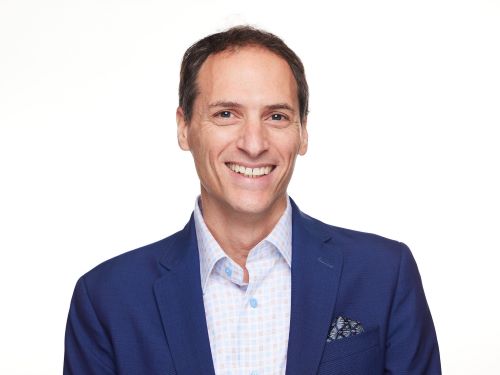At the Rainbow’s End
Signing bonuses for U.S. supreme Court clerks have hit $150,000.
Of course, this isn’t quite the windfall it appears to be, considering law clerks across the court system often shoulder many of the same expenses as their fellow graduates paying for new suits, school loans and a high cost of living on a salary that can be less than half of what a large law firm pays. But you won’t hear any complaints coming from chambers.
“I think most people, if they were offered a U.S. Supreme Court clerkship, would probably do it if they weren’t offered pay at all,” says Sambhav N. Sankar, an associate at Wilmer Cutler Pickering Hale and Dorr in Washington, D.C. Sankar clerked for three years, first for Judge William A. Fletcher on the 9th U.S. Circuit Court of Appeals based in San Francisco. He then clerked for Judge Louis Pollak in the U.S. District Court for the Eastern District of Pennsylvania in Philadelphia, and finally for Supreme Court Justice Sandra Day O’Connor.
It was Sankar’s clerkship for O’Connor that netted him the monster of all bonuses—$150,000.
“When I started clerking long ago, the bonuses weren’t nearly what they are now, and taking or even wanting the job at the Supreme Court had nothing to do with getting a bonus,” he says. “There are a lot easier ways of making $150,000 than getting a Supreme Court clerkship,” he says, referring to the rigorous interview and security screening processes. “And the pay is pretty darned low at the court, around $56,000,” Sankar says. Sandra Lee, an associate at Simpson Thacher & Bartlett in New York City, had a similar experience. Lee clerked for Judge Michael Chertoff on the 3rd U.S. Circuit Court of Appeals based in Philadelphia from 2003 to 2004. After clerking, Lee joined Simpson and got a $15,000 clerkship bonus. “Without a doubt, the bonus is generous,” she says. “It helps make a dent in law school loans.”
That said, Lee acknowledges that, even with her signing bonus, she actually has netted less in her first two years of practice than her colleagues who chose not to clerk for a year before joining Simpson Thacher. She says her starting salary as a clerk was in the $50,000 range, which inched up during the year she clerked.
“These days,” Lee says, “that’s definitely less than half the salary of a first-year associate.”
More than Money
Lee, like Sankar, says she didn’t clerk because she knew a bonus awaited her. “I wanted to clerk because it gives you an invaluable chance to see firsthand how decisions are made,” she says. “I thought it would be a tremendous opportunity to work with Judge Chertoff, since he had worked both in the public and private sector. I see clerking as an extension of a law school education, and it was.”
“Working at a firm seemed a long way away when I decided to apply for a clerkship,” says Charles R. Nightingale, an associate at Davis Polk & Wardwell in New York City. Nightingale clerked for Judge Joseph Michael McLaughlin in the 2nd U.S. Circuit Court of Appeals based in New York City for 18 months in 2004-2005. Nightingale’s bonus? $22,500.
The clerkship, says Nightingale, wasn’t a factor in choosing Davis Polk, either. “To my knowledge, there’s no real competition among the New York firms for clerkship bonuses. Pretty much every firm in New York, where I was interviewing, offers the same amount.” Nightingale dutifully paid his taxes on the bonus and “put the rest of the money in my savings account,” he says. “I still have the money in savings.”
Sankar, too, has retained much of his bonus. “I did travel for six months in India, Southeast Asia and Europe before I started working, but I didn’t go out and buy a fancy car,” he says. “That wasn’t what the bonus was about.”
Write a letter to the editor, share a story tip or update, or report an error.


